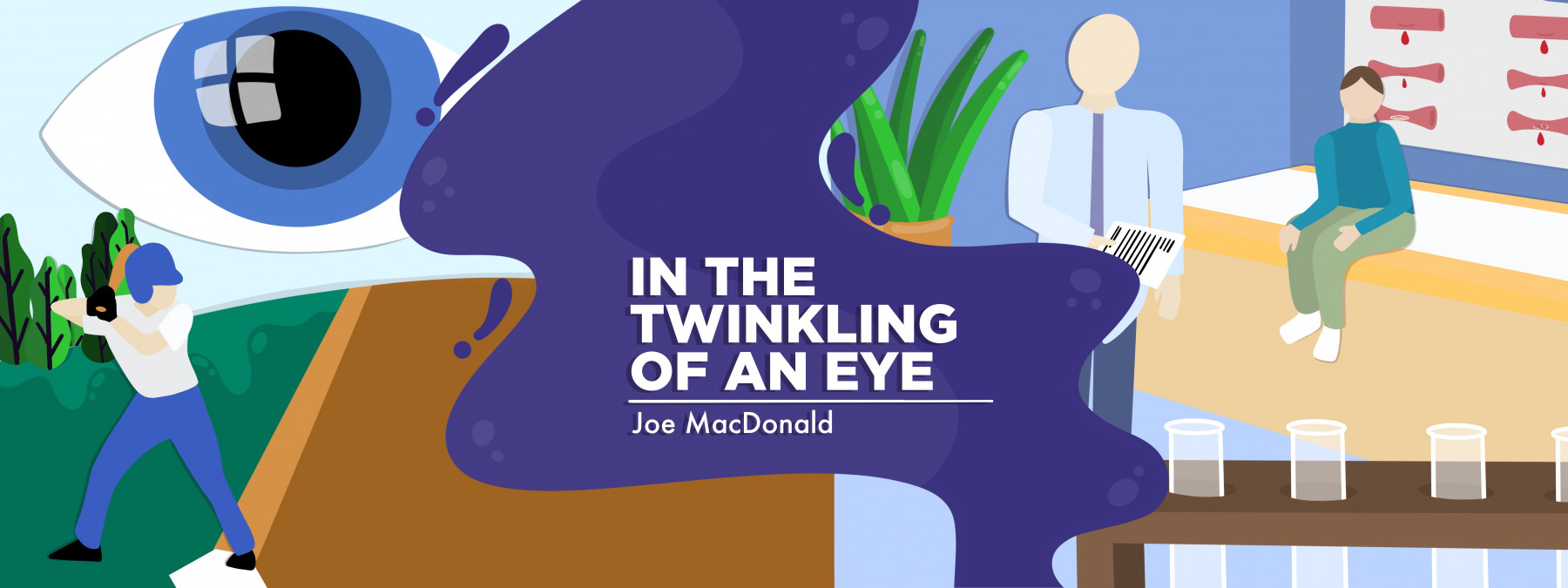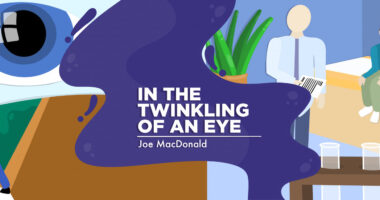Moving helps me see hemophilia’s varied effects on my sons
While packing, I marvel at the differences between their cases of the disease

My wife, Cazandra, and I had a brief discussion as we continued packing what seemed like a million boxes for our move from Rio Communities, which is near Albuquerque, New Mexico, to Las Cruces, about 200 miles south. Between the phrases “That goes there” and “Put that box in that corner,” I spoke with her about the issues our sons were facing as part of the moving process.
Noting our family’s palpable unity and support in the work, I told her that our oldest son, Julian, 28, had lifted and carried many heavy boxes, proving invaluable when we needed to move furniture to a better spot in the house. Julian’s help wasn’t like the assistance of his brother, Caeleb, who’s 19. My younger son can’t actively participate in moving the heavier boxes or take the lead in lifting heavier furniture.
While they both have hemophilia A, or severe factor VIII deficiency, their health similarities end with that diagnosis. Julian never experienced an internal joint bleed, while Caeleb experienced too many to count. These difficult bleeding episodes often left my younger son in the hospital for long periods.
When Julian was young, he received a port-a-cath to make infusing his factor VIII medication much easier than it would’ve been if we’d used a vein. He had his port for five years with no complications. That experience contrasted sharply with that of his younger brother. Caeleb also received a port-a-cath, but unfortunately, there were complications; his grew infected, broke down, or otherwise failed to work. My younger son had at least eight port-a-caths before all was said and done.
The right assignment
Because of Caeleb’s hemophilia complications, he developed chronic pain in his right knee and ankle, which are unable to withstand pressure. That’s behind his inability to do heavy lifting; he can’t bend his legs enough to provide support.
Cazandra and I made an action plan. We didn’t want Caeleb to think his contributions were less important than Julian’s, so we invented a job for him: to prepare his room for the move. That required him not only to pack his belongings, but also to ensure that everything was labeled for when we unpacked. I offered to lend him a hand if he needed help; otherwise, it was his duty to pack up everything in an organized fashion. He gladly took on the task of preparing for his next adventure.
In the garage, we checked how much space we had left for other packed materials until the big moving day. “Thank God we took enough time to breathe and allow him to contribute to our move positively,” I told Cazandra.
“I sometimes forget that he isn’t as nimble as we are,” she replied. I agreed.
We continued preparing to move to our new home. The emotional journey of it all was not just about our physical tasks, but also about our understanding and accommodations of each other’s limitations and strengths.
I reflected on my family and the contrast between my sons’ bleeding disorders. I think about Julian and how he began our hemophilia journey, offering us a new language, so to speak. I think of Caeleb and hope he finds strength amid his struggles. While I acknowledge that I may be biased, I consider both of my sons remarkable individuals with a great deal to offer the world.
Our family’s resilience in the face of these challenges is a testament to the human spirit. I must give Julian and Caeleb wings to fly so that they may find joy in life.
Note: Hemophilia News Today is strictly a news and information website about the disease. It does not provide medical advice, diagnosis, or treatment. This content is not intended to be a substitute for professional medical advice, diagnosis, or treatment. Always seek the advice of your physician or another qualified health provider with any questions you may have regarding a medical condition. Never disregard professional medical advice or delay in seeking it because of something you have read on this website. The opinions expressed in this column are not those of Hemophilia News Today or its parent company, Bionews, and are intended to spark discussion about issues pertaining to hemophilia.







Leave a comment
Fill in the required fields to post. Your email address will not be published.